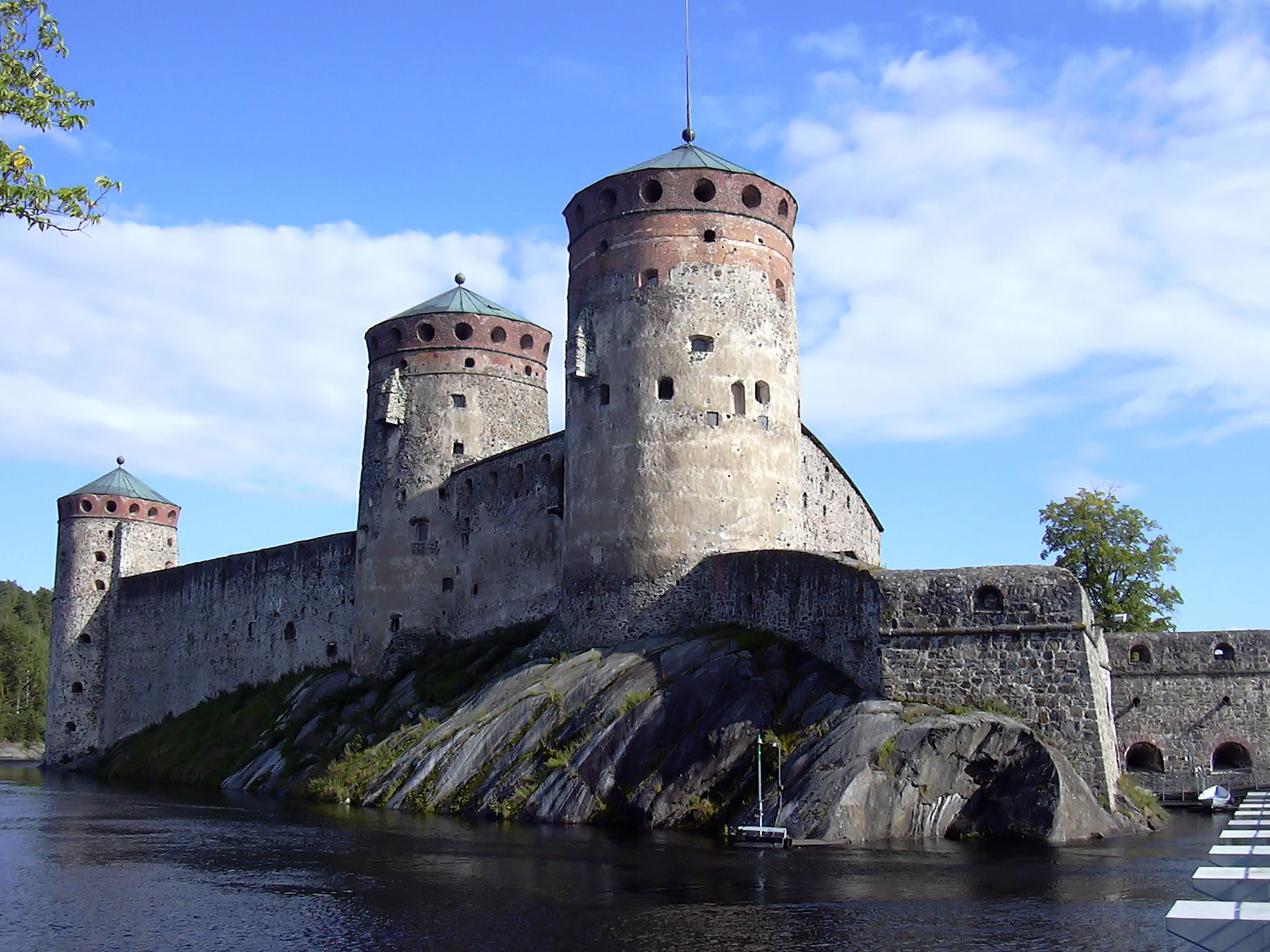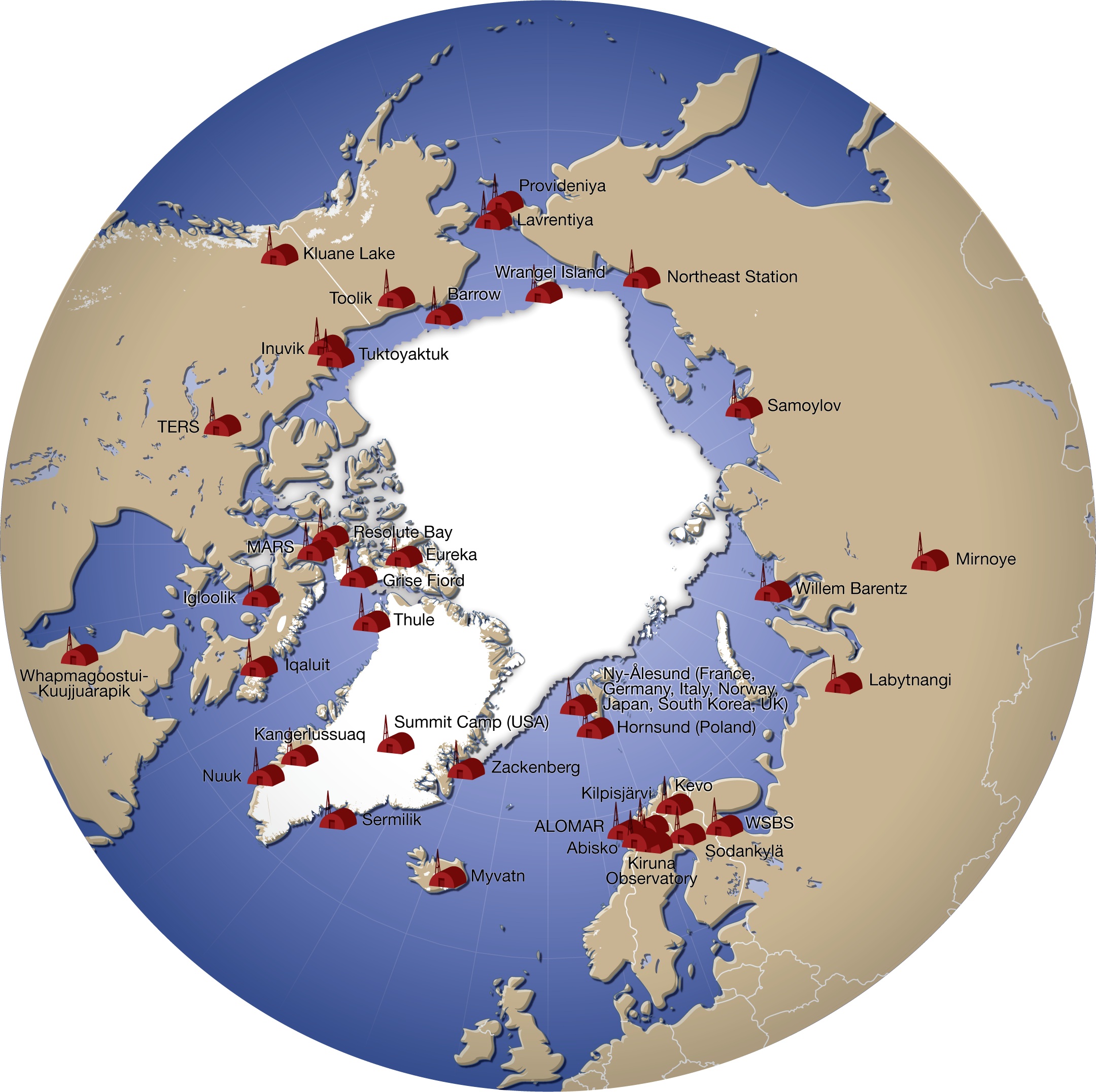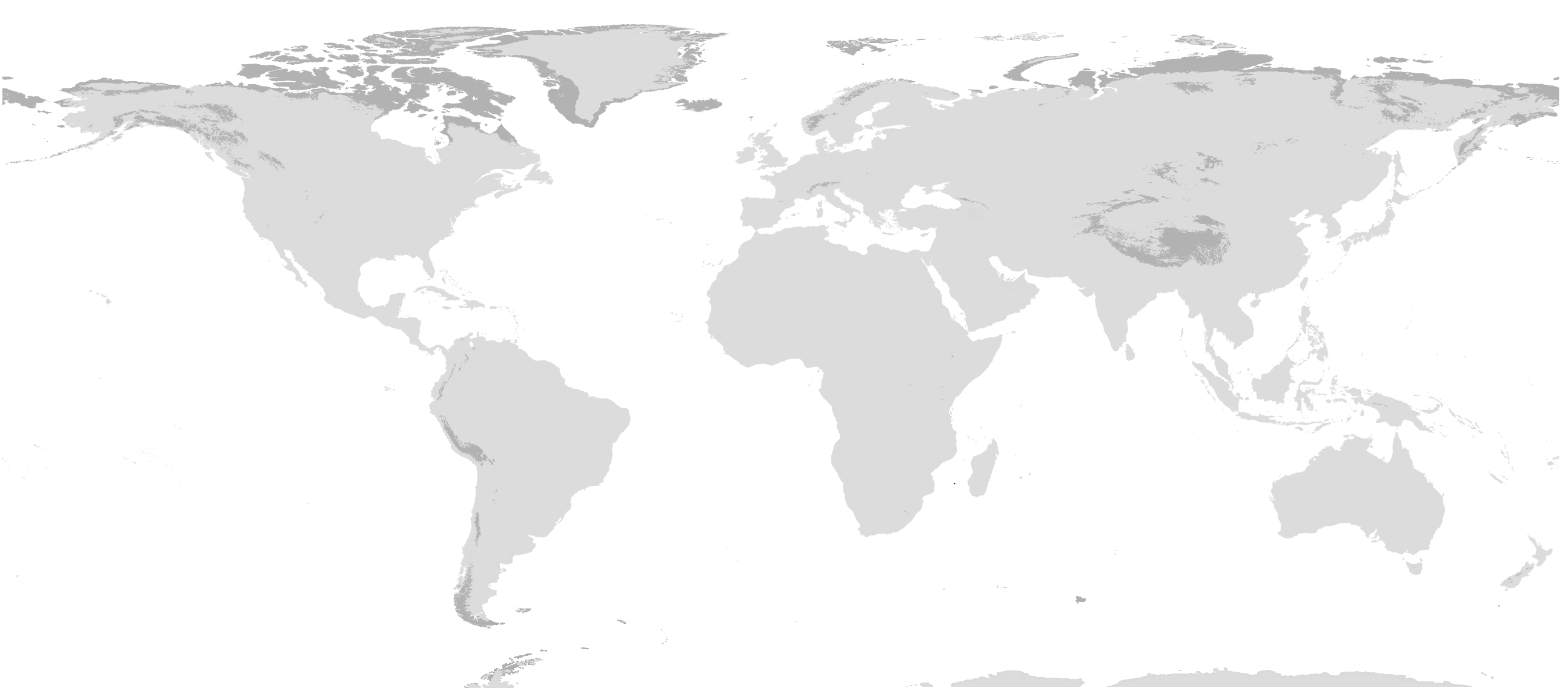|
Cape Chelyuskin
Cape Chelyuskin (russian: Мыс Челюскина, ''Mys Chelyuskina'') is the northernmost point of the Afro-Eurasian continent (and indeed of any continental mainland), and the northernmost point of mainland Russia. It is situated at the tip of the Taymyr Peninsula, south of Severnaya Zemlya archipelago, in Krasnoyarsk Krai, Russia. The headland has a light on a framework tower. Cape Chelyuskin is from the North Pole. Cape Vega is a headland located a little to the west of Cape Chelyuskin. Oscar Bay lies between both capes. History The cape was first reached in May 1742 by an expedition on land party led by Semion Chelyuskin, and was initially called Cape East-Northern. It was renamed in honour of Chelyuskin by the Russian Geographical Society in 1842, on the 100th anniversary of the discovery. It was passed on August 18, 1878 by Adolf Erik Nordenskiöld during the first sea voyage through the North-East Passage. In 1919 Norwegian explorer Roald Amundsen's ship ''Maud'' l ... [...More Info...] [...Related Items...] OR: [Wikipedia] [Google] [Baidu] |
Taymyr Peninsula
The Taymyr Peninsula (russian: Таймырский полуостров, Taymyrsky poluostrov) is a peninsula in the Far North of Russia, in the Siberian Federal District, that forms the northernmost part of the mainland of Eurasia. Administratively it is part of the Krasnoyarsk Krai Federal subject of Russia. Geography The Taymyr Peninsula lies between the Yenisei Gulf of the Kara Sea and the Khatanga Gulf of the Laptev Sea. Lake Taymyr and the Byrranga Mountains are located within the vast Taymyr Peninsula. Cape Chelyuskin, the northernmost point of the Afro-Eurasian continent, is located at the northern end of the Taymyr Peninsula. Population The Nenets people, also known as ''Samoyeds'', are an indigenous people in northern arctic Russia, and some live at the Taymyr Peninsula. The Nganasan people are an indigenous Samoyedic people inhabiting central Siberia, including the Taymyr Peninsula. In the Russian Federation, they are recognized as being one of the Ind ... [...More Info...] [...Related Items...] OR: [Wikipedia] [Google] [Baidu] |
Dikson Island
Dikson Island (russian: Ди́ксон), initially Dickson, is the name of an island in Taymyrsky Dolgano-Nenetsky District (russian: Таймы́рский Долга́но-Не́нецкий райо́н), Krasnoyarsk Krai, Russia, situated in the Kara Sea near the mouth of the Yenisei River. A nearby urban-type settlement of Dikson, which functions as a port and hydrometeorological centre, is located on the mainland across from the island. It is served by the Dikson Airport. History Dikson Island and its adjoining urban settlement have been named after Swedish Arctic pioneer Baron Oscar Dickson.''The Darkness of Dikson Island'' , Author unknown, russia-channel.com In the 17th century the island was known as ("long") island, or , after its |
Headlands Of Krasnoyarsk Krai
A headland, also known as a head, is a coastal landform, a point of land usually high and often with a sheer drop, that extends into a body of water. It is a type of promontory. A headland of considerable size often is called a cape.Whittow, John (1984). ''Dictionary of Physical Geography''. London: Penguin, 1984, pp. 80, 246. . Headlands are characterised by high, breaking waves, rocky shores, intense erosion, and steep sea cliff. Headlands and bays are often found on the same coastline. A bay is flanked by land on three sides, whereas a headland is flanked by water on three sides. Headlands and bays form on discordant coastlines, where bands of rock of alternating resistance run perpendicular to the coast. Bays form when weak (less resistant) rocks (such as sands and clays) are eroded, leaving bands of stronger (more resistant) rocks (such as chalk, limestone, and granite) forming a headland, or peninsula. Through the deposition of sediment within the bay and the erosion of the ... [...More Info...] [...Related Items...] OR: [Wikipedia] [Google] [Baidu] |
Extreme Points Of Earth
This article lists extreme locations on Earth that hold geographical records or are otherwise known for their geophysical or meteorological superlatives. All of these locations are Earth-wide extremes; extremes of individual continents or countries are not listed. Latitude and longitude Northernmost * The northernmost point on Earth is the Geographic North Pole, in the Arctic Ocean. ** The northernmost point of land is the northern tip of Kaffeklubben Island, north of Greenland (), which lies slightly north of Cape Morris Jesup, Greenland (). Various shifting gravel bars lie farther north, the most famous being Oodaaq. There have been other islands more northern such as 83-42 and ATOW1996 but they have not been confirmed as permanent. Southernmost * The southernmost point on Earth and the southernmost point on land is the Geographic South Pole, which is on the continent of Antarctica. ** The southernmost continental point of land outside Antarctica is in South Amer ... [...More Info...] [...Related Items...] OR: [Wikipedia] [Google] [Baidu] |
William Barr (Arctic Historian)
William Barr (born 1940) is a Scottish historian now resident of Calgary, Canada, with a specific interest in the history of exploration of the Arctic, and to a lesser degree, the Antarctic. He holds degrees in Geography from the University of Aberdeen, Scotland and McGill University, Montreal, Canada. From 1968 until 1999 he was a member of the faculty of the Department of Geography, University of Saskatchewan, Saskatoon, Canada and is now a professor emeritus there. Since 1999 he is a Research Fellow in residence at the Arctic Institute of North America, University of Calgary. For the past 30 years the history of the exploration of the Arctic has been the focus of his research. He has published 16 books, including translations from French, German, and Russian. In 2006, William Barr received a Lifetime Achievement Award for his contributions to the recorded history of the Canadian North from the Canadian Historical Association. Most of the titles of his works show that William ... [...More Info...] [...Related Items...] OR: [Wikipedia] [Google] [Baidu] |
List Of Northernmost Items
This is a list of various northernmost things on earth. Cities and settlements Geography Nature Wild animals Plants These lists only contain naturally occurring plants and trees, excluding individuals planted by humans. General Shrub A shrub (often also called a bush) is a small-to-medium-sized perennial woody plant. Unlike herbaceous plants, shrubs have persistent woody stems above the ground. Shrubs can be either deciduous or evergreen. They are distinguished from trees ...s Trees Education Science and technology Historical sites and archaeological findings Recreation General Culture and music Sport Religious structures Monasteries, religious orders and institutions Transportation Shops and service facilities General Famous brand names Car brands Fast food restaurants Restaurants Factories Food and drinks Farming Gardens, zoos and aquaria International organizations ... [...More Info...] [...Related Items...] OR: [Wikipedia] [Google] [Baidu] |
List Of Research Stations In The Arctic
A number of governments maintain permanent research stations in the Arctic. Also known as Arctic bases, polar stations or ice stations, these bases are widely distributed across the northern polar region of Earth. Historically few research stations have been permanent. Most of them were temporary, being abandoned after the completion of the project or owing to lack of funding to continue the research. Some of these were military or intelligence stations (listening posts) created as a result of the proximity of the U.S. and Soviet Union to each other's landmass across the polar region. Ice stations are constructed on land or on ice that rests on land, while others are drifting ice stations built on the sea ice of the high latitudes of the Arctic Ocean. Research stations Drifting ice stations * Fletcher's Ice Island, US (1952 - 1978) In fiction * Ice Station Zebra (novel), by Alistair MacLean ** Ice Station Zebra (1968 film) **Ice Station Zebra a song by Jack White on ... [...More Info...] [...Related Items...] OR: [Wikipedia] [Google] [Baidu] |
National Oceanic And Atmospheric Administration
The National Oceanic and Atmospheric Administration (abbreviated as NOAA ) is an United States scientific and regulatory agency within the United States Department of Commerce that forecasts weather, monitors oceanic and atmospheric conditions, charts the seas, conducts deep sea exploration, and manages fishing and protection of marine mammals and endangered species in the U.S. exclusive economic zone. Purpose and function NOAA's specific roles include: * ''Supplying Environmental Information Products''. NOAA supplies to its customers and partners information pertaining to the state of the oceans and the atmosphere, such as weather warnings and forecasts via the National Weather Service. NOAA's information services extend as well to climate, ecosystems, and commerce. * ''Providing Environmental Stewardship Services''. NOAA is a steward of U.S. coastal and marine environments. In coordination with federal, state, local, tribal and international authorities, NOAA manages the ... [...More Info...] [...Related Items...] OR: [Wikipedia] [Google] [Baidu] |
Köppen Climate Classification
The Köppen climate classification is one of the most widely used climate classification systems. It was first published by German-Russian climatologist Wladimir Köppen (1846–1940) in 1884, with several later modifications by Köppen, notably in 1918 and 1936. Later, the climatologist Rudolf Geiger (1894–1981) introduced some changes to the classification system, which is thus sometimes called the Köppen–Geiger climate classification system. The Köppen climate classification divides climates into five main climate groups, with each group being divided based on seasonal precipitation and temperature patterns. The five main groups are ''A'' (tropical), ''B'' (arid), ''C'' (temperate), ''D'' (continental), and ''E'' (polar). Each group and subgroup is represented by a letter. All climates are assigned a main group (the first letter). All climates except for those in the ''E'' group are assigned a seasonal precipitation subgroup (the second letter). For example, ''Af'' i ... [...More Info...] [...Related Items...] OR: [Wikipedia] [Google] [Baidu] |
Tundra Climate
The tundra climate is a polar climate sub-type located in high latitudes and high mountains. undra climate https://www.britannica.com/science/tundra-climateThe Editors of Encyclopaedia Britannica, 2019 It is classified as ET according to Köppen climate classification. It is a climate which at least one month has an average temperature high enough to melt snow (), but no month with an average temperature in excess of . Despite the potential diversity of climates in the ''ET'' category involving precipitation, extreme temperatures, and relative wet and dry seasons, this category is rarely subdivided. Rainfall and snowfall are generally slight due to the low vapor pressure of water in the chilly atmosphere, but as a rule potential evapotranspiration is extremely low, allowing soggy terrain of swamps and bogs even in places that get precipitation typical of deserts of lower and middle latitudes. The amount of native tundra biomass depends more on the local temperature than the amou ... [...More Info...] [...Related Items...] OR: [Wikipedia] [Google] [Baidu] |
Ivan Papanin
Ivan Dmitrievich Papanin (russian: Иван Дмитриевич Папанин, – 30 January 1986) was a Soviet polar explorer, scientist, Counter Admiral, and twice Hero of the Soviet Union, who was awarded nine Orders of Lenin. Life and career Early life and participation in the Red Terror Ivan was born in Sevastopol into the family of a sailor of Russian Greek origin. In 1914 he was conscripted into the Imperial Russian Navy. He took part in the Russian Civil War on the Bolshevik side, fighting in Ukraine. In 1920 he was sent to Crimea to organize a guerrilla movement against the forces of the White Movement leader, Baron Pyotr Wrangel. In November 1920, after the Bolshevik takeover of Crimea, Papanin was appointed prosecutor and commandant of the Crimean branch of the Soviet secret police, the Cheka. Rosalia Zemlyachka, organizer of the Red Terror in Crimea, is reported to be his superior and friend. As a polar explorer In 1923, he worked for the Narkomat of C ... [...More Info...] [...Related Items...] OR: [Wikipedia] [Google] [Baidu] |
Hydrology
Hydrology () is the scientific study of the movement, distribution, and management of water on Earth and other planets, including the water cycle, water resources, and environmental watershed sustainability. A practitioner of hydrology is called a hydrologist. Hydrologists are scientists studying earth or environmental science, civil or environmental engineering, and physical geography. Using various analytical methods and scientific techniques, they collect and analyze data to help solve water related problems such as environmental preservation, natural disasters, and water management. Hydrology subdivides into surface water hydrology, groundwater hydrology (hydrogeology), and marine hydrology. Domains of hydrology include hydrometeorology, surface hydrology, hydrogeology, drainage-basin management, and water quality, where water plays the central role. Oceanography and meteorology are not included because water is only one of many important aspects within those fields. ... [...More Info...] [...Related Items...] OR: [Wikipedia] [Google] [Baidu] |
.jpg)








